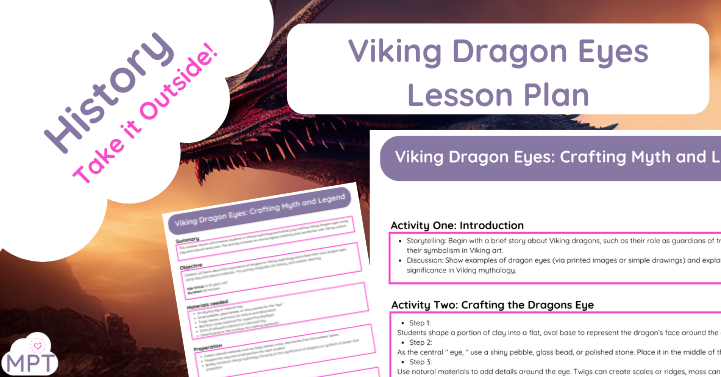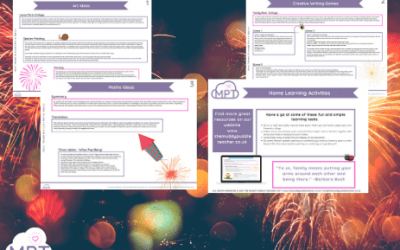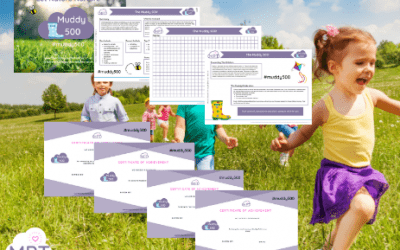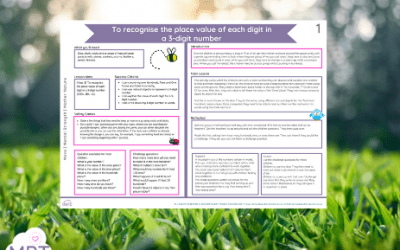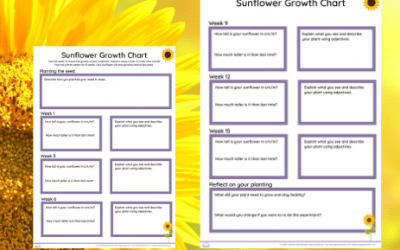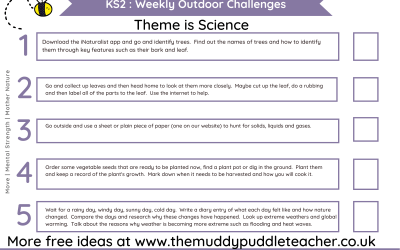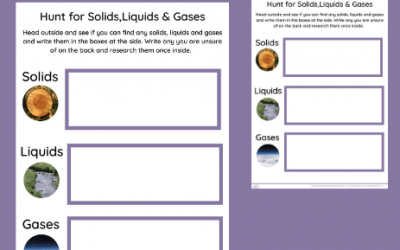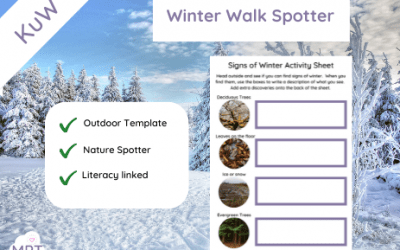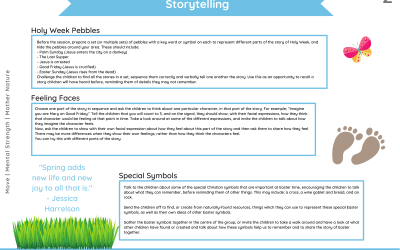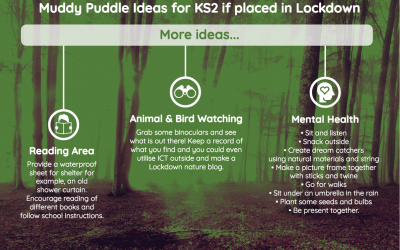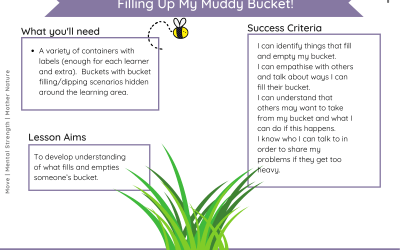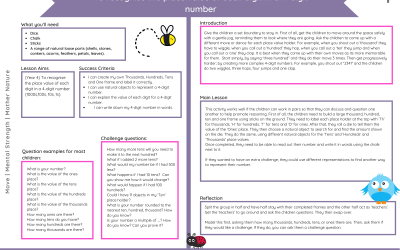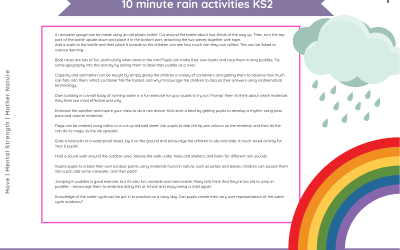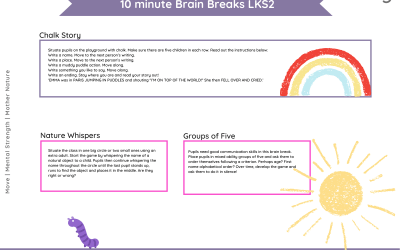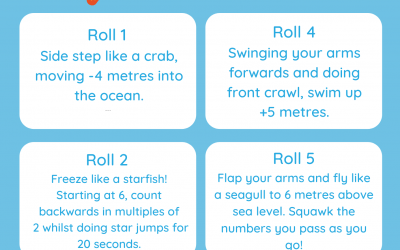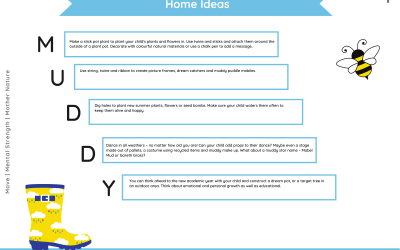Use Fireworks KS2 to get bonfire night outside and active this year! This pack is full of innovative outdoor learning...
Muddy 500 Challenge (Resource Pack)
Apr 14, 2021
The Muddy Challenge 500 is a new initiative launching in September 2021 - this is the full pack and can be accessed by...
Place Value of a 3 Digit Number
Apr 14, 2021
Place Value of a 3 Digit Number is a lesson plan that will help KS2 outdoor learning look easy! Simply get out of the...
Sunflower Day Certificate
Apr 11, 2021
Use this Sunflower Day Certificate to award the child that grows the largest sunflower. Do not forget to also apply...
Sunflower Day Growth Chart KS2
Apr 11, 2021
Enjoy using this KS2 Growth Chart resource on Sunflower Day so that the children can record the height and observe...
KS2 Weekly Outdoor Learning Challenges (Science Theme)
Jan 24, 2021
KS2 Weekly Outdoor Learning Challenges (Science Theme)
Hunt for Solids, Liquids & Gases
Jan 24, 2021
Hunt for Solids Liquids & Gases to get the children outside applying their Science and wonder of the world the...
Signs of Winter Activity Sheet
Jan 22, 2021
Use the Signs of Winter Activity Sheet to get the children outside applying their Science and knowledge in an active...
*FREE*Butterfly Spotter Activity Sheet
Jan 22, 2021
Use the Butterfly Spotter Activity Sheet to get the children outside applying their Science and knowledge in an active...
KS2 Easter Story
Jan 6, 2021
KS2 Easter Story | Muddy Juniors In a nutshell: Teach the children about the Easter story outside using mother nature...
BLOG: Outdoor Learning at Home Ideas
Dec 9, 2020
Outdoor Learning at Home can often be somewhat a drain if the child has been at their desk all day. So why not...
Filling up a Bucket (KS2)
Dec 8, 2020
Use Filling up a Bucket KS2 to take your wellbeing lessons outside sing natural resources to inspire you. This lesson...
Place Value (Year 4) – To recognise the place value of each digit in a 4-digit number
Dec 7, 2020
Use Place Value Year 4 - To recognise the place value of each digit in a 4-digit number to take more of your maths...
10 minute rain activities (KS2)
Dec 7, 2020
Use 10 minute rain activities (KS2) to help get the older kids outside loving life for all it gives us. ...
*FREE*10-minute brain breaks LKS2
Nov 3, 2020
Use 10 minute brain breaks LKS2 to help the older children to get some fresh air, have some fun and revisit and revise their learning.
*FREE*Counting in Negative Numbers
Oct 23, 2020
Use Counting in Negative Numbers to help children practice and use this skill through mastery and the outdoors.
*FREE*Summer Holiday Ideas UKS2
Sep 27, 2020
Use Summer Holiday Ideas to hand out to parents and their children over the summer period, filled with lots of educational and wellbeing tasks to keep families active while bonding.
Measurement KS2
Sep 18, 2020
Measurement can seem a simple task to take outside but this pack will take you to the next level and fill you with innovative, fresh ideas to make it exciting and fun!
New In
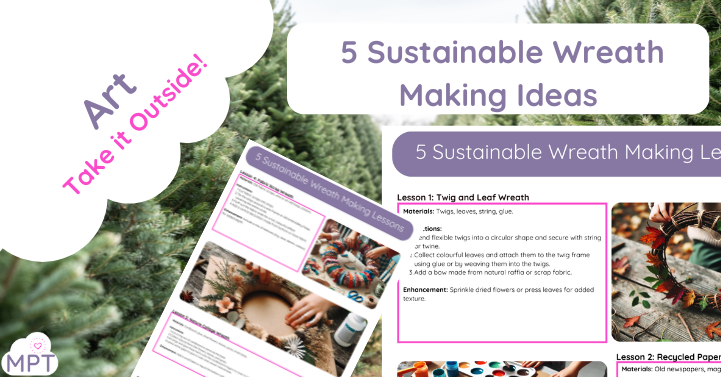
5 Sustainable Wreath Making Ideas
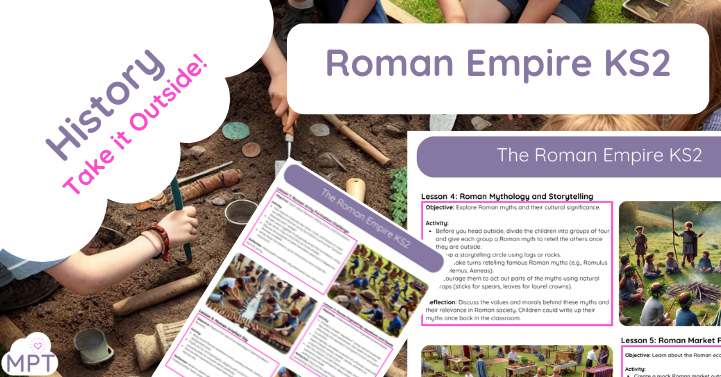
The Roman Empire KS2
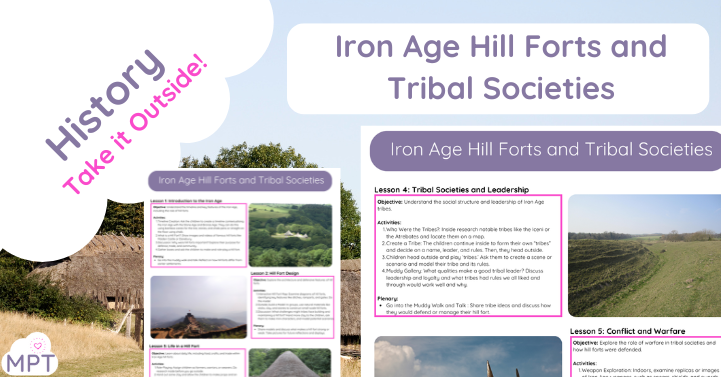
Iron Age Hill Forts and Tribal Societies
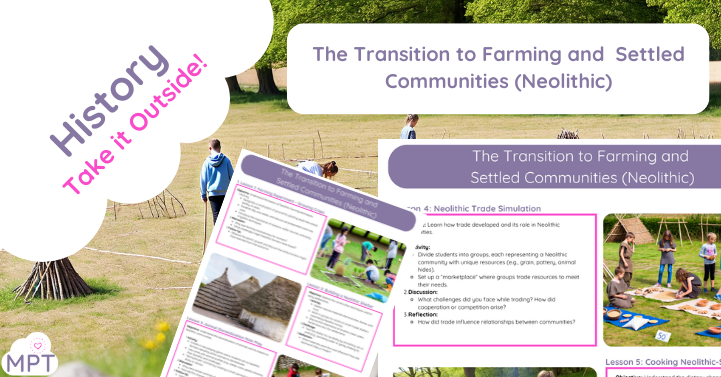
The Transition to Farming and Settled Communities (Neolithic)

Stone Age Recipes
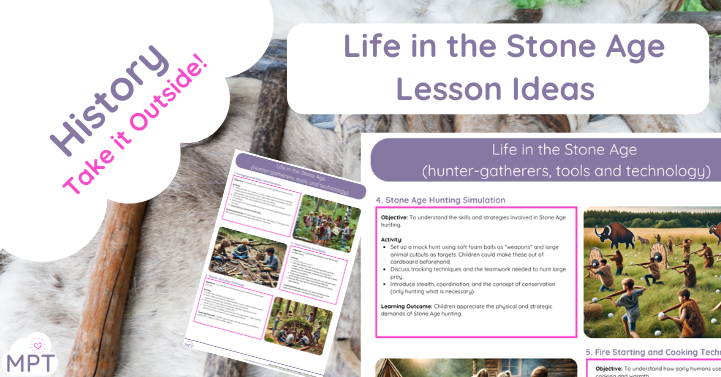
Life in the Stone Age Lesson Ideas
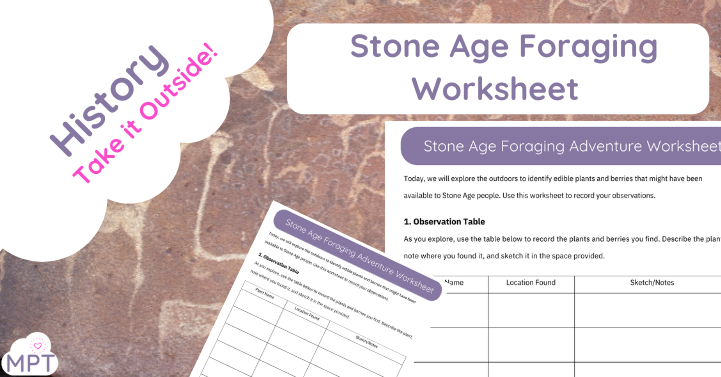
Stone Age Foraging Worksheet
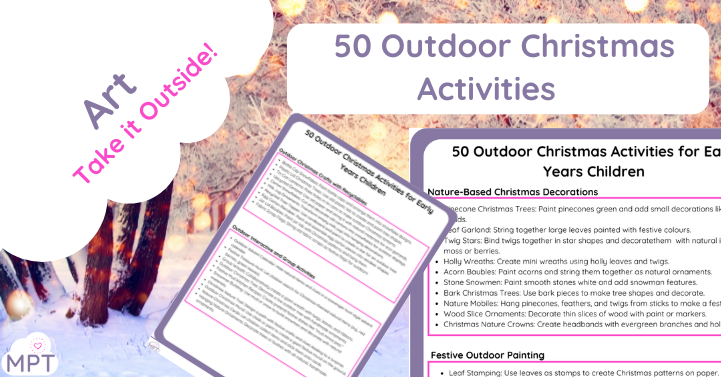
50 Outdoor Christmas Activities Early Years
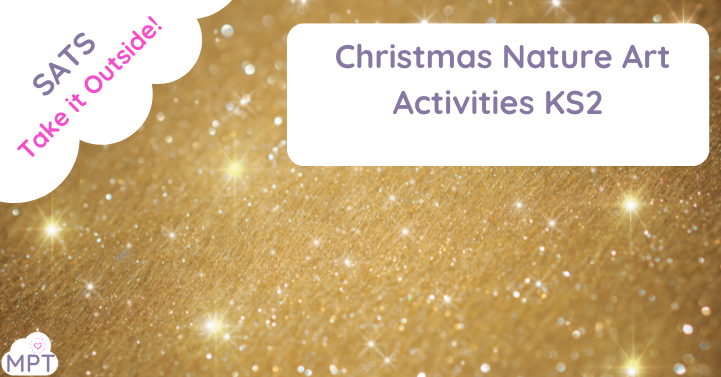
Christmas Nature Art Activities KS2
